
Our Latest News
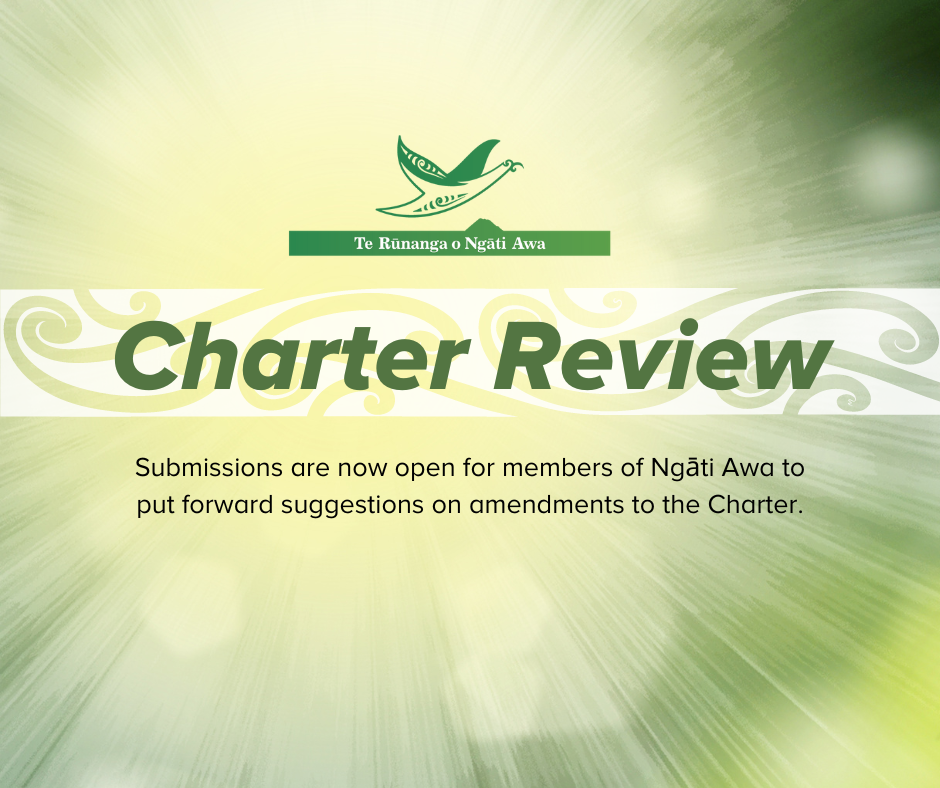
Charter Review - Submissions Open
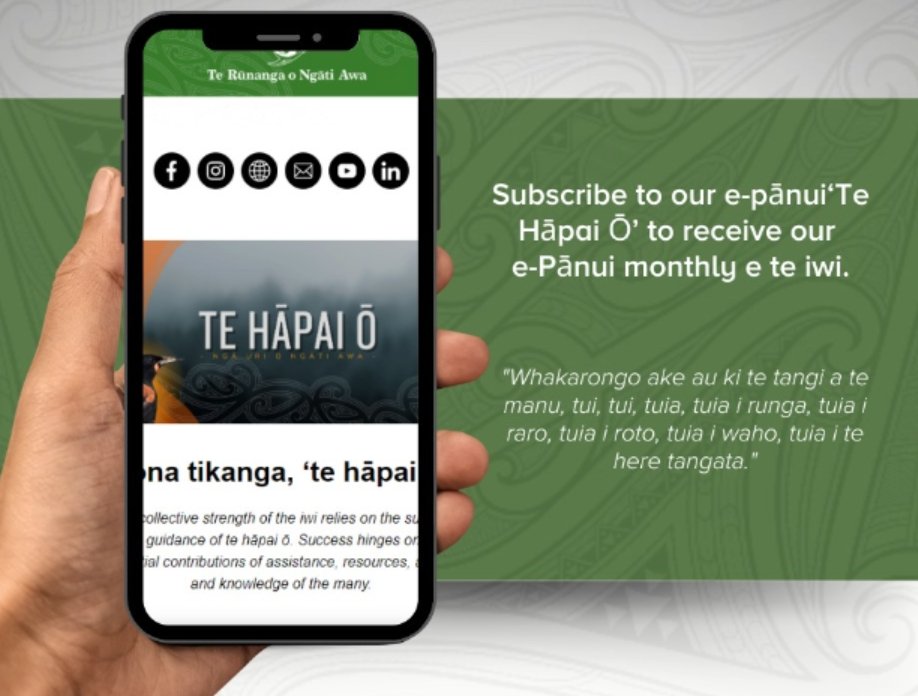
New pānui: Subscribe now
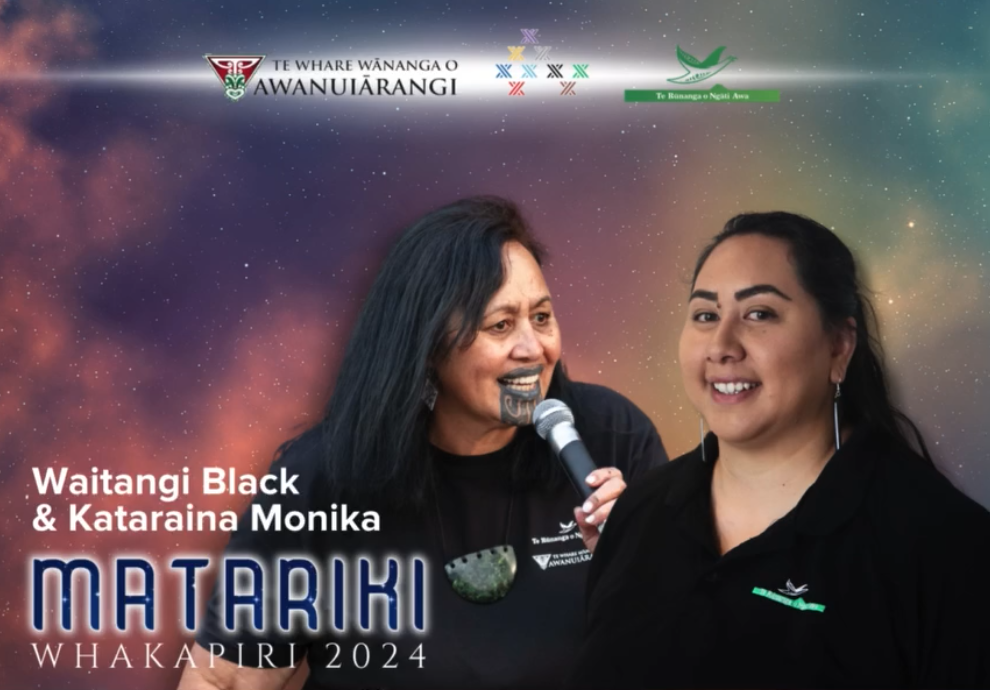
Matariki heri kai
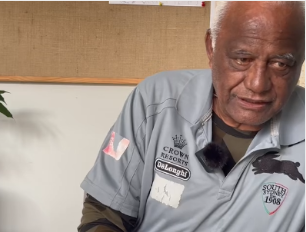
Treaty Series - Tū Waaka

Whitiki tauā mai, e te iwi

Treaty of Waitangi Series: Tā Hirini Moko Mead. Pt 2

Treaty of Waitangi Series: Tā Hirini Moko Mead. Pt 1

Treaty Series Introduction - Reuben Araroa

Amohaere Tangitū - Order of Merit
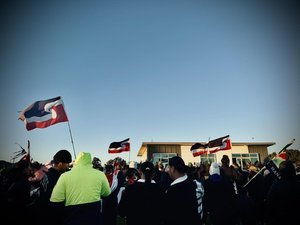
Toitū te Tiriti Activation

Youth Week 2024

Ngāti Awa House
4-10 Louvain Street,
PO Box 76
Whakatāne 3158
0800 464 284
07 307 0760
runanga@ngatiawa.iwi.nz

